Big Aikido seminar this past weekend (July 7). Biggest I’ve ever seen inside a dojo. I’ve seen 400+ like at McGill Univ. in Montreal, where generally the Eastern Region of the United States Aikido Federation (USAF) has its testing, along with Winter Camp in Ft. Lauderdale in Dec., and Summer Camp at shifting colleges in New England in late July, but I’ve never seen this many people train hard inside an actual dojo. Ours, that is.
In Burlington: Aikido of Champlain Valley (ACV), founded 10 years ago in Winooski, and moved into a renovated (by us) warehouse in Burlington’s southside in Jan. ’02.
This was simultaneously our 10th Anniversary Seminar (one of them--it has been an aupicious year) and the official Opening of the dojo in the Japanese traditional sense. An entity must by its own efforts reach critical strength before being worthy of great and meaningful ceremony to the Japanese.
There were over 150, I counted that many roughly, on their knees, in lines, and I didn’t count the kids’ class, the upper ranks of which were practicing, too. There were Senseis from all over, the reason being that Chiba Sensei, himself (T. K. Chiba), was enacting the opening dedication on Friday night and would be teaching two classes each day, Saturday and Sunday.
Chiba Sensei is a big deal. Although a dozen or so of founder O' Sensei’s students survive (O' Sensei, ‘Great Teacher’ in Japanese, Morihei Uesshiba (last name last) died in 1968), and are all actively teaching, most have their own organizations, as well as slightly or widely differing interpretations, according to their own understandings of his teachings, of a generalized martial skill set derived from the Japanese killing sword, one that goes back at least fifteen hundred years. ACV's lineage derives directly from Chiba Sensei, Kanai Sensei, Yamada Sensei, Paul Sylvain Sensei, Donovan Waite Sensei, and Terry Dobson Sensei to my teacher Benjamin Pincus Sensei (shidoin, godan).
O' Sensei’s innovation--that essential twist of intention and application, that revealed the true nature of Budo (warrior's code), as protection for all living things--spawned a new martial art, Aikido (Ai=harmony, ki=universal energy, do=way to the divine). These insights into the true nature of the cosmos, and our essential being-nature, came to him with his first satori experience. Given his lifetime of rigorous and unrelenting study of most all of Japan’s martial arts, and his likewise unrelenting spiritual immersion, and pitched toward awakening--not surprisingly his awakening found its expression and resolution formed in his martial art.
This enlightenment experience, one of a series of three--no one experience is be-all and end-all, even 'enlightenment'--followed an unusual individual combat that was forced on him one day by a visiting admiral, a formidable swordsman. And, as was the way, he was anxious to test himself on Japan’s greatest living martial artist. Though the admiral was the military’s finest swordsman, one could easily guess by the rudeness of the challenge (he was a guest), that his spiritual stripes were un-gained.
Morihei discovered that without even raising his sword he was able to easily evade and unbalance his attacker, who suffered naught but the embarrassment of his stumblings. Finally, in exhaustion, the admiral prostrated himself, as was also the way, in abjection, and withdrew.
When Morihei walked afterwards through his garden it seemed to him that he was surrounded by a glowing white light, and in exultation, he felt the entire Universe move as One within him, and he knew to the core of his being that its true nature was Love and Protection, and he realized, in a piercing insight, that one who entered this space could not be defeated--for not fighting--but by joining wholeheartedly with the forces evident within the moment, he found clearly perceptible any perturbation in that universal flow of energy, and could move in harmony with it, disarming any evil intention before it had even realized its own inception.
He spent the rest of his life trying to teach his students that this should be the result of their martial efforts, and with his new understanding he turned ages-old socket tearing, bone-breaking, killing techniques into joint-locks, throws and pins, which, although far from gentle perhaps to a Westerner, nevertheless from the Japanese point of view, did no harm, that is, did not kill.
Aikido organizations these days stem from the various understandings of students from various stages of O' Sensei’s life (the experience described above happened in his early fifties, he lived into his eighties). Naturally, as time went on, and the meaning of his succession of satoris deepened, he became more oracular. However, he maintained the strong foundation of an unbroken line of teachings of martial killing technique, still existent, yet withheld by choice.
Would it serve to study only the founder’s talk of Universal Energy, and give short shrift to the very essence of the indomitable Budo at its martial core? Some have thought so. . .
By the way, in case this popular notion needs to be dispelled: A first-level black belt, in no way, in no martial art, connotes expertise, much less mastery. What it does indicate is a serious student, at the stage where learning can really begin. And this occurs after varying lengths of time, according to the sophistication of the art. The fact that seven years daily practice is about right for a shodan in Aikido does not say that a black belt in Karate earned in two or three years is premature. In fact, it doesn’t take very long to learn how to hurt people, very seriously.
Learning to go with, control, and neutralize an attack, however, as in Aikido, requires not only more sophisticated techniques but a longer time to somatically program the body (and the mind, but that mostly comes later) into responding thus.
Meeting force with force is instinctive, and most martial arts take that response for their foundation. After learning to choose fight over flight they simply add on informed ways to attack the body’s vulnerabilities, then practice refining and enhancing the destructive capability of those techniques.
However, it must be said that aiki, that is, the harmonizing, or going with your opponent’s energy to turn it against and resolve his aggression, is a sophistication realized long ago, and has been a major element in expressing the highest levels of many martial arts. Weapons training, particularly the sword, and all schools of ‘soft’ styles, whether kung fu or tai chi, employ aiki, it wasn’t new with Aikido. What was new with Aikido was carrying that principle to its ultimate expression.
Whereas even tai chi uses ‘going with’ to set one’s opponent up for the kill, O’ Sensei, in his enlightenment, realized that the greater the martial skill, the more effective it would be at not just at killing, which was the traditional result, but at restoring peace, that is neutralizing threat, without serious harm.
His gift to the world, Aikido, was to see this completing link, which, having rendered threat helpless, restores it cleansed of its intent to harm—-rather than destroying it once it’s helpless, which is a little like shooting fish in the barrel, or kicking babies. What kind of reputable action can be imagined in destroying something once it’s no longer a threat?
This is where his incredible expertise and questing spirit took him. He saw clearly that true Budo, was un-threatened, even as it rendered threat harmless. And yet, there, just at that point, was where the killing blow was being delivered. This was the state-of-the-art spiritually in martial arts, this was the ethical crossroads to which its spirit-full and diligent training brought one. Seen in this light, the traditional killing response was essentially murder. And all the more disreputable given the power/skill differential, more so even than the initial attack.
In Burlington: Aikido of Champlain Valley (ACV), founded 10 years ago in Winooski, and moved into a renovated (by us) warehouse in Burlington’s southside in Jan. ’02.
This was simultaneously our 10th Anniversary Seminar (one of them--it has been an aupicious year) and the official Opening of the dojo in the Japanese traditional sense. An entity must by its own efforts reach critical strength before being worthy of great and meaningful ceremony to the Japanese.
There were over 150, I counted that many roughly, on their knees, in lines, and I didn’t count the kids’ class, the upper ranks of which were practicing, too. There were Senseis from all over, the reason being that Chiba Sensei, himself (T. K. Chiba), was enacting the opening dedication on Friday night and would be teaching two classes each day, Saturday and Sunday.
Chiba Sensei is a big deal. Although a dozen or so of founder O' Sensei’s students survive (O' Sensei, ‘Great Teacher’ in Japanese, Morihei Uesshiba (last name last) died in 1968), and are all actively teaching, most have their own organizations, as well as slightly or widely differing interpretations, according to their own understandings of his teachings, of a generalized martial skill set derived from the Japanese killing sword, one that goes back at least fifteen hundred years. ACV's lineage derives directly from Chiba Sensei, Kanai Sensei, Yamada Sensei, Paul Sylvain Sensei, Donovan Waite Sensei, and Terry Dobson Sensei to my teacher Benjamin Pincus Sensei (shidoin, godan).
O' Sensei’s innovation--that essential twist of intention and application, that revealed the true nature of Budo (warrior's code), as protection for all living things--spawned a new martial art, Aikido (Ai=harmony, ki=universal energy, do=way to the divine). These insights into the true nature of the cosmos, and our essential being-nature, came to him with his first satori experience. Given his lifetime of rigorous and unrelenting study of most all of Japan’s martial arts, and his likewise unrelenting spiritual immersion, and pitched toward awakening--not surprisingly his awakening found its expression and resolution formed in his martial art.
This enlightenment experience, one of a series of three--no one experience is be-all and end-all, even 'enlightenment'--followed an unusual individual combat that was forced on him one day by a visiting admiral, a formidable swordsman. And, as was the way, he was anxious to test himself on Japan’s greatest living martial artist. Though the admiral was the military’s finest swordsman, one could easily guess by the rudeness of the challenge (he was a guest), that his spiritual stripes were un-gained.
Morihei discovered that without even raising his sword he was able to easily evade and unbalance his attacker, who suffered naught but the embarrassment of his stumblings. Finally, in exhaustion, the admiral prostrated himself, as was also the way, in abjection, and withdrew.
When Morihei walked afterwards through his garden it seemed to him that he was surrounded by a glowing white light, and in exultation, he felt the entire Universe move as One within him, and he knew to the core of his being that its true nature was Love and Protection, and he realized, in a piercing insight, that one who entered this space could not be defeated--for not fighting--but by joining wholeheartedly with the forces evident within the moment, he found clearly perceptible any perturbation in that universal flow of energy, and could move in harmony with it, disarming any evil intention before it had even realized its own inception.
He spent the rest of his life trying to teach his students that this should be the result of their martial efforts, and with his new understanding he turned ages-old socket tearing, bone-breaking, killing techniques into joint-locks, throws and pins, which, although far from gentle perhaps to a Westerner, nevertheless from the Japanese point of view, did no harm, that is, did not kill.
Aikido organizations these days stem from the various understandings of students from various stages of O' Sensei’s life (the experience described above happened in his early fifties, he lived into his eighties). Naturally, as time went on, and the meaning of his succession of satoris deepened, he became more oracular. However, he maintained the strong foundation of an unbroken line of teachings of martial killing technique, still existent, yet withheld by choice.
Would it serve to study only the founder’s talk of Universal Energy, and give short shrift to the very essence of the indomitable Budo at its martial core? Some have thought so. . .
By the way, in case this popular notion needs to be dispelled: A first-level black belt, in no way, in no martial art, connotes expertise, much less mastery. What it does indicate is a serious student, at the stage where learning can really begin. And this occurs after varying lengths of time, according to the sophistication of the art. The fact that seven years daily practice is about right for a shodan in Aikido does not say that a black belt in Karate earned in two or three years is premature. In fact, it doesn’t take very long to learn how to hurt people, very seriously.
Learning to go with, control, and neutralize an attack, however, as in Aikido, requires not only more sophisticated techniques but a longer time to somatically program the body (and the mind, but that mostly comes later) into responding thus.
Meeting force with force is instinctive, and most martial arts take that response for their foundation. After learning to choose fight over flight they simply add on informed ways to attack the body’s vulnerabilities, then practice refining and enhancing the destructive capability of those techniques.
However, it must be said that aiki, that is, the harmonizing, or going with your opponent’s energy to turn it against and resolve his aggression, is a sophistication realized long ago, and has been a major element in expressing the highest levels of many martial arts. Weapons training, particularly the sword, and all schools of ‘soft’ styles, whether kung fu or tai chi, employ aiki, it wasn’t new with Aikido. What was new with Aikido was carrying that principle to its ultimate expression.
Whereas even tai chi uses ‘going with’ to set one’s opponent up for the kill, O’ Sensei, in his enlightenment, realized that the greater the martial skill, the more effective it would be at not just at killing, which was the traditional result, but at restoring peace, that is neutralizing threat, without serious harm.
His gift to the world, Aikido, was to see this completing link, which, having rendered threat helpless, restores it cleansed of its intent to harm—-rather than destroying it once it’s helpless, which is a little like shooting fish in the barrel, or kicking babies. What kind of reputable action can be imagined in destroying something once it’s no longer a threat?
This is where his incredible expertise and questing spirit took him. He saw clearly that true Budo, was un-threatened, even as it rendered threat harmless. And yet, there, just at that point, was where the killing blow was being delivered. This was the state-of-the-art spiritually in martial arts, this was the ethical crossroads to which its spirit-full and diligent training brought one. Seen in this light, the traditional killing response was essentially murder. And all the more disreputable given the power/skill differential, more so even than the initial attack.
--R Skogsberg

























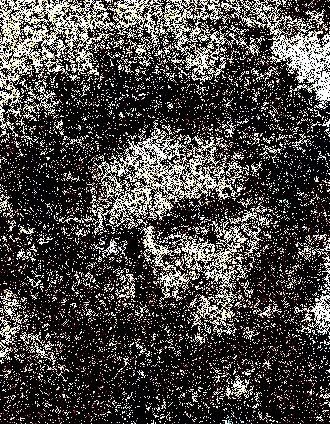






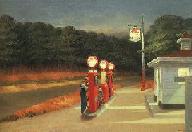


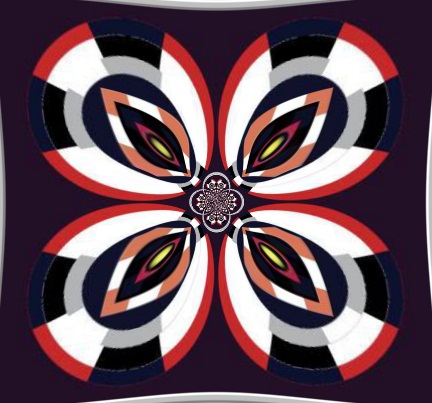
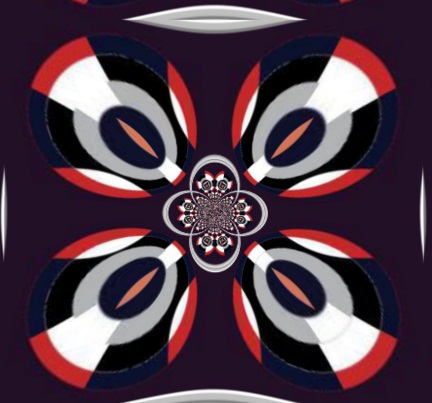
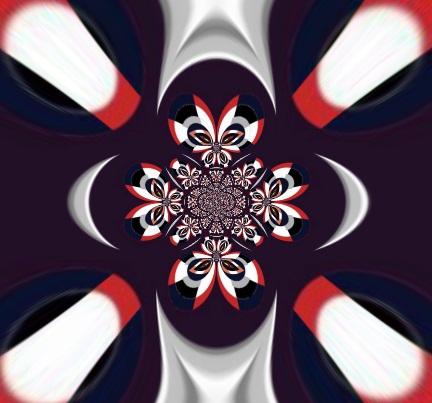

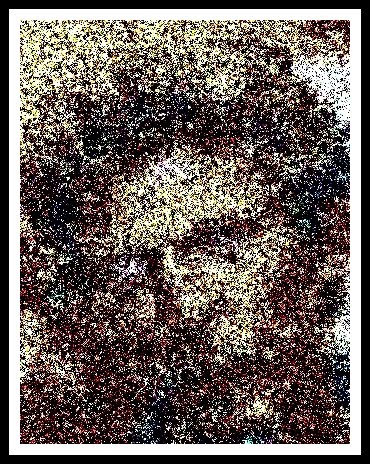
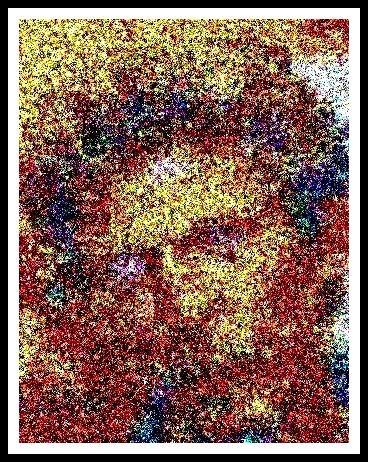
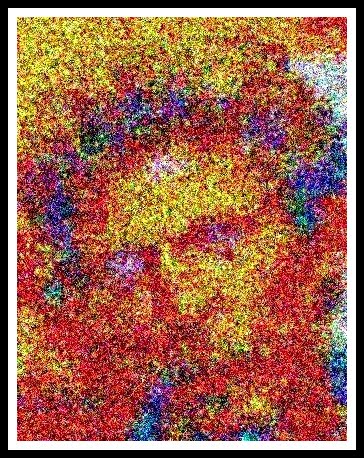
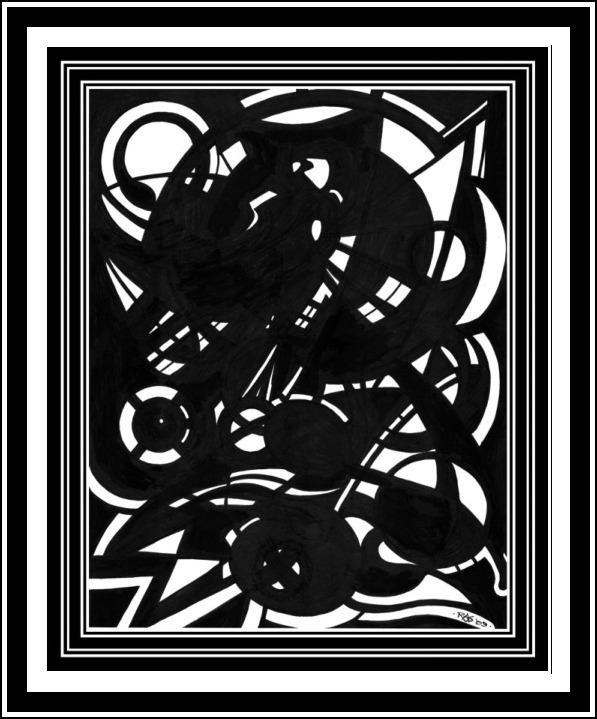
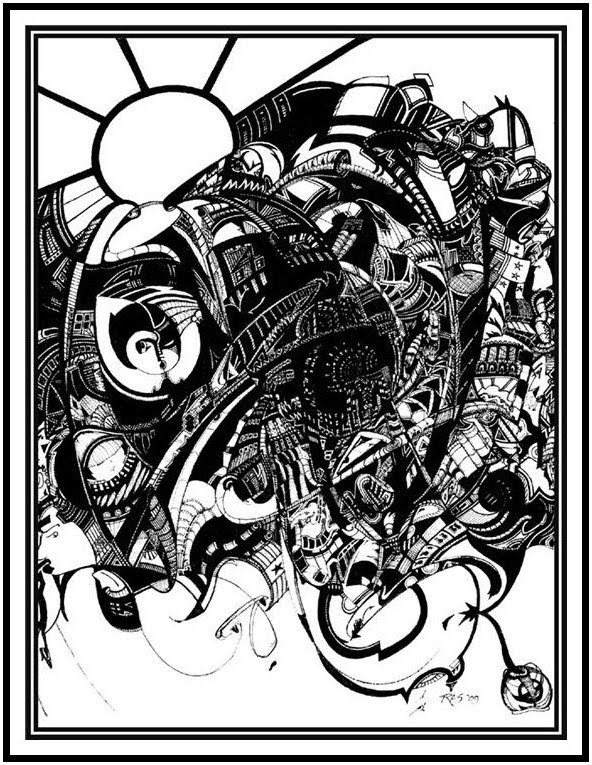



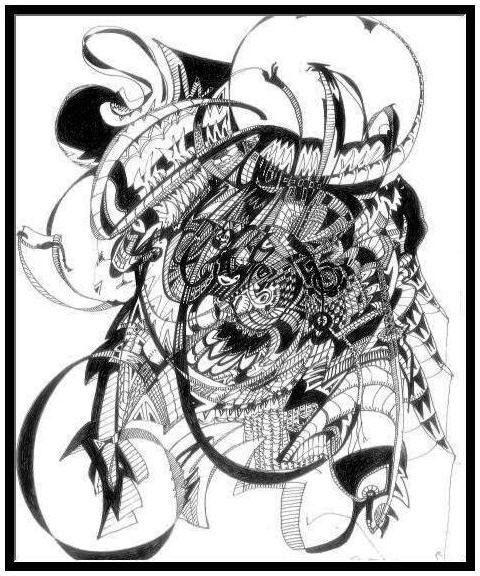

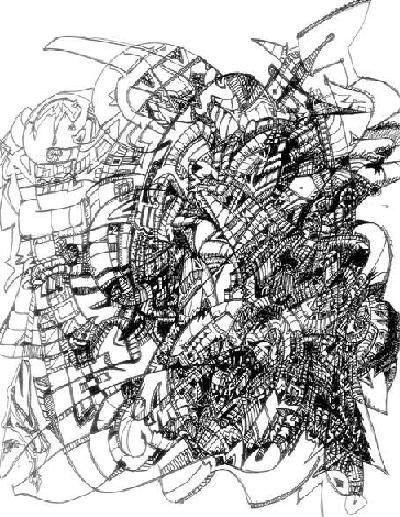


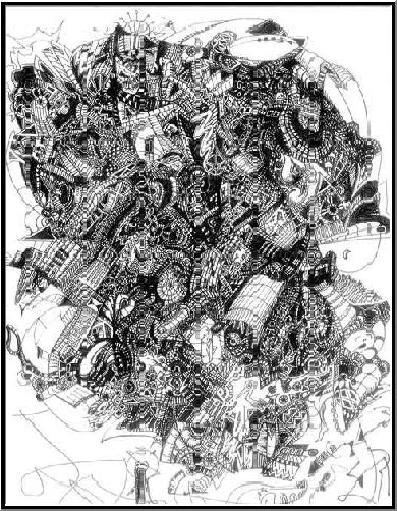
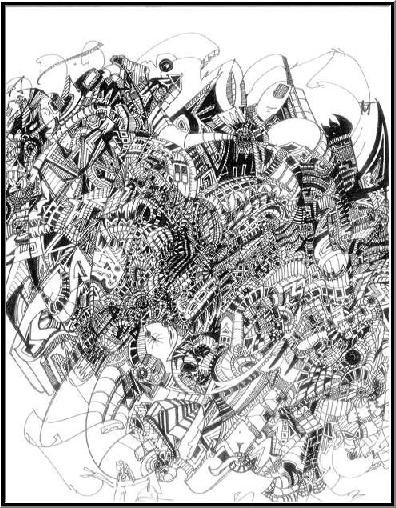
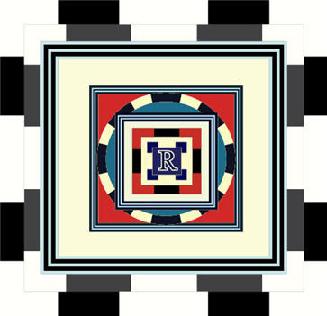
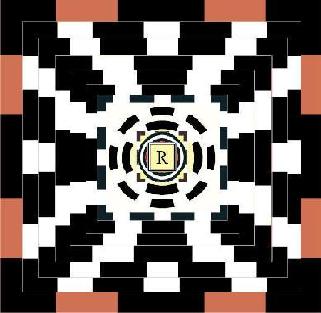
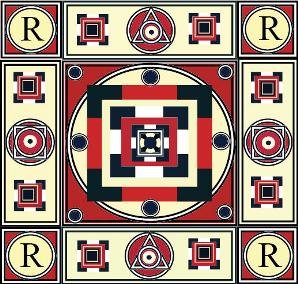
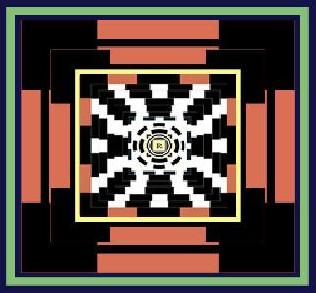
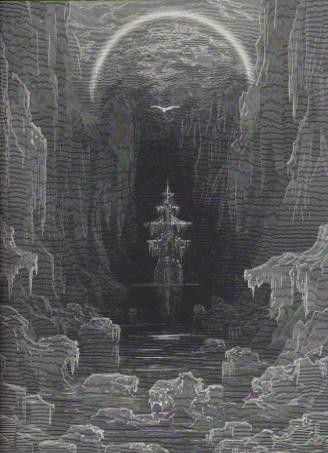

No comments:
Post a Comment